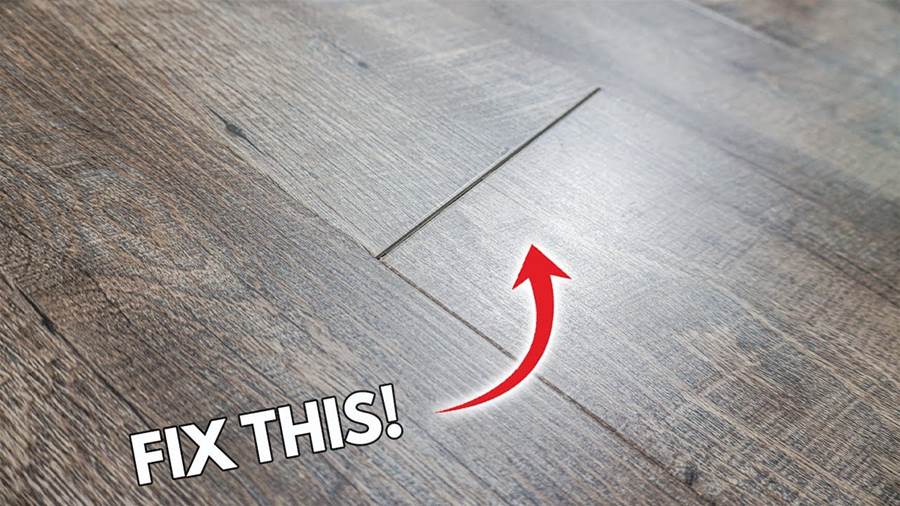

This article is about fixing gaps in laminate, vinyl (LVP), and engineered flooring easily using some do-it-yourself (DIY) tips and tricks. The main idea is to provide a simple solution for filling in gaps that may occur in these types of flooring.
Gaps in flooring can occur due to various reasons such as fluctuations in temperature and humidity, improper installation, or wear and tear over time. These gaps not only affect the aesthetic appearance of the floor but also can cause potential tripping hazards.
To fix gaps in laminate, vinyl (LVP), and engineered floors, here are some DIY tips and tricks:
1. Identify the cause: Before attempting any repairs, it is essential to identify the cause behind the gaps in the flooring. If the gaps are due to fluctuating temperature and humidity, it is crucial to address the underlying issue before making any repairs.
2. Clean the gaps: Start by cleaning the gaps thoroughly. Remove any debris, dirt, or dust using a vacuum cleaner or a soft brush. This step will ensure a clean surface for the gap-filling material to adhere to.

3. Use a gap filler: There are various gap fillers available in the market specifically designed for laminate, vinyl (LVP), and engineered floors.
Choose a filler that matches the color of your flooring to ensure a seamless finish. Apply the filler into the gaps using a putty knife or a caulking gun, and make sure to fill the gaps completely.
4. Smooth out the filler: After filling the gaps, use a putty knife to smooth out the filler and remove any excess material. This step will help create a uniform and level surface. Be careful not to scrape the surrounding floor surface while doing this.
5. Allow for drying time: Give the filler enough drying time as mentioned in the manufacturer's instructions. This step ensures that the filler sets properly and adheres to the gap, providing a long-lasting solution.
6. Sand and clean the filled areas: Once the filler has dried completely, use sandpaper to gently sand the filled areas. Sanding will help create a smooth finish and blend the filler with the surrounding floor surface. After sanding, clean the areas again to remove any dust or debris.
7. Apply a finishing touch: Depending on the type of flooring, you may need to apply a finishing touch to further enhance the appearance and durability of the filled gaps. For laminate and vinyl (LVP) floors, you can consider using a color-matched sealant to protect the gaps and prevent moisture from seeping in.
These DIY tips and tricks provide an easy and cost-effective solution for fixing gaps in laminate, vinyl (LVP), and engineered floors.
By following these steps, you can restore the aesthetic appeal of your flooring, eliminate potential tripping hazards, and prolong the lifespan of your floors.
